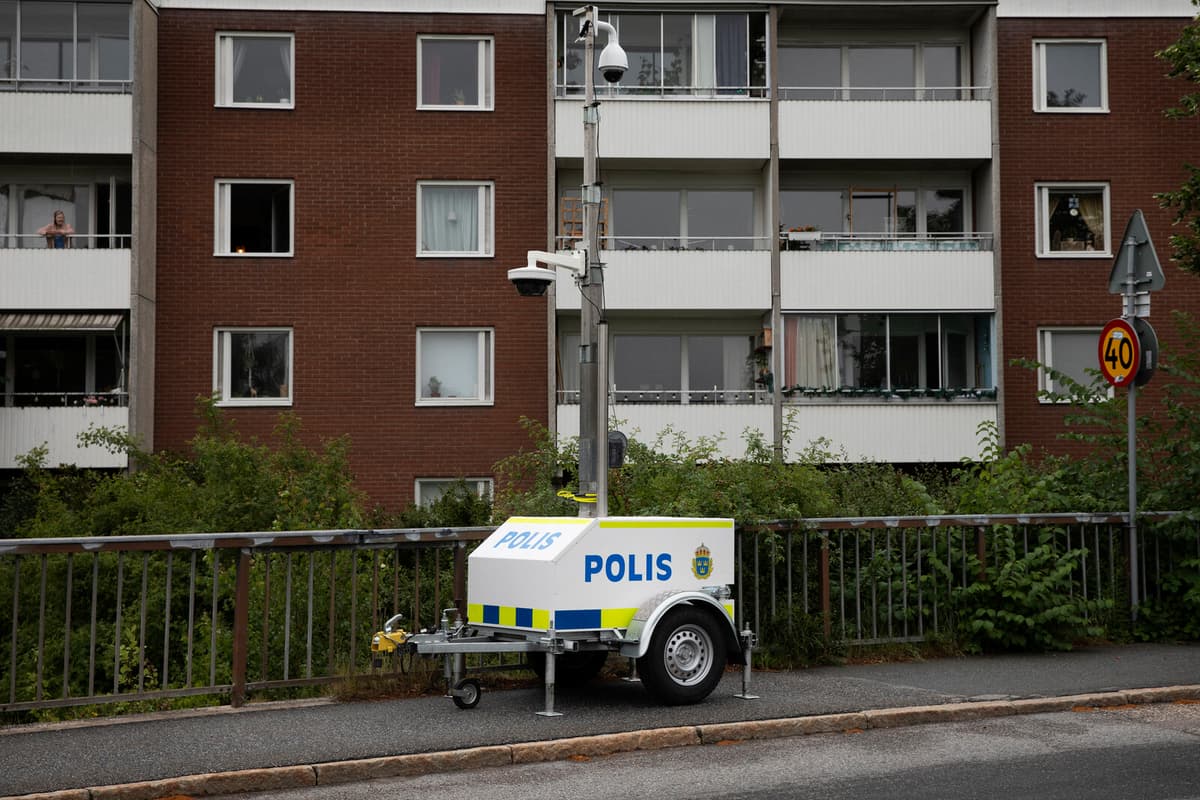The Ministry of Justice is sending out a legislative proposal for consultation today, which enables the police to use AI systems for automatic facial recognition in real-time in public places. This could be police cameras at, for example, streets, squares, and train stations.
If there is an image of a suspected criminal, the police, regardless of whether the identity is known or not, can enter the image into the AI system, so that the cameras can detect the person even if they are in a crowd.
By getting a direct hit when such individuals pass a camera, the police's ability to intervene to prevent shootings and explosions will increase significantly, says Minister of Justice Gunnar Strömmer (M)
The legislative proposal has been prioritized by the government in a so-called fast track. An EU regulation that came into effect last summer has opened up for the law.
This is highly requested by the police, says Strömmer.
Major Intervention
However, the technology is controversial.
"The use of such systems involves a potential major intervention in personal integrity, as they enable surveillance of a large number of people," wrote the government's investigator in their report from last year.
The use of the tool is linked to several legal safeguards, says Strömmer.
The new tool will be allowed to be used to locate individuals suspected of crimes with at least four years in prison, including murder, rape, and serious weapons offenses.
Stop Terrorists
The AI cameras will also be allowed to prevent crimes against human life and safety, such as a terrorist attack. For example, the cameras could detect if a known terrorist is entering the country.
They will also be allowed to be used to find a missing person who is suspected of being a victim of, for example, human trafficking or kidnapping.
The technology may only be used to locate and identify a specified person and not for general crime prevention purposes.
Permission to use real-time facial recognition will be granted by a prosecutor or court.
In order to be able to use the new tool, the police will need to develop new technical solutions and replace cameras that cannot be used with AI systems today.
The police estimate that the number of applications for permits in one year can be around a hundred, then 500 per year, and after a few more years, grow to around a thousand per year.
The police are allowed to use AI systems for facial recognition in real-time in public places. The tool may only be used if there are specified individuals to be located or identified.
The purpose may be:
to find crime victims
to prevent crimes against human life or safety
to investigate or prosecute crimes with at least four years in prison
to ensure that individuals do not evade punishment for such crimes
The police must request prior permission from a prosecutor or court. In acute cases, permission can be obtained afterwards. The permission may apply for a maximum of one month, but can be renewed.
The permits will also be limited to an area, which must not be larger "than what is necessary". The area could be the entire Sweden if, for example, a known terrorist is feared to strike at an unknown location.
The legislative proposal is proposed to come into force on January 1, 2026.
Source: Ministry of Justice





